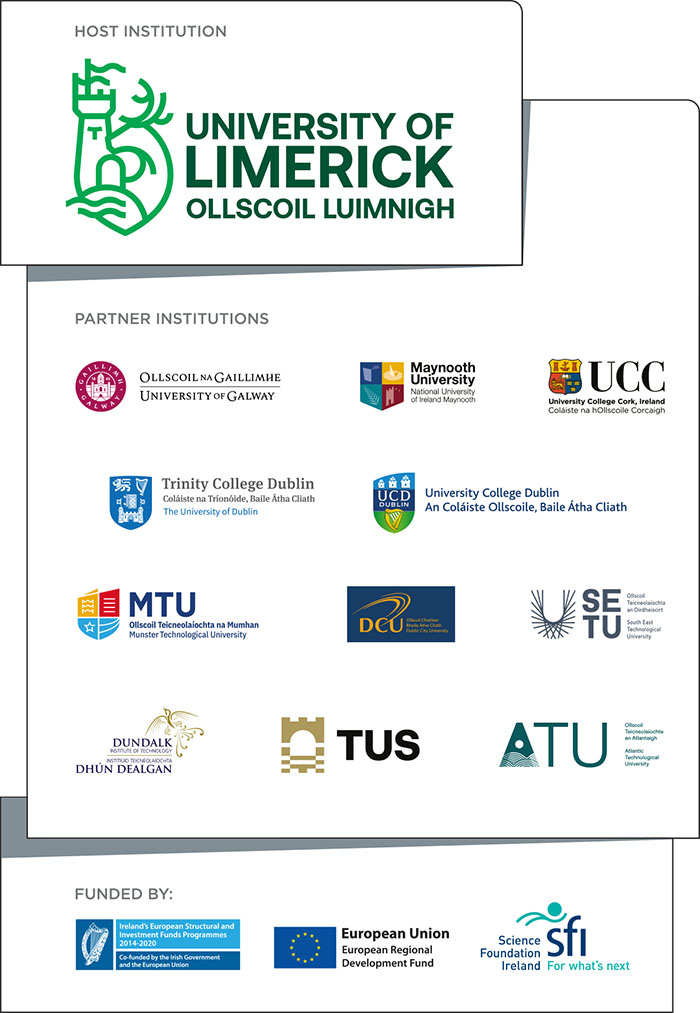Twitter and Facebook posts can predict shoppers' intentions accurately
You are here
Large retailers, family-run enterprises and small craft stores can accurately forecast shoppers’ intentions using a social media analysis framework developed by researchers at Lero, the Science Foundation Ireland Research Centre for Software and Maynooth University.
Prof Markus Helfert from Lero who is leading the Digital Retail Research Programme at Maynooth University said: “This information can dramatically improve supply chain performance and can change the interactions between customers and retailers. It is truly transformative for retail.”
According to Lero researcher Rehan Iftikhar, the research shows that insights extracted from big social media datasets, used in conjunction with a company’s internal information, can enable predictions of what shoppers want to buy.
The Maynooth University based researcher Rehan Iftikhar, and his colleague Dr Mohammad Saud Khan from the Victoria University of Wellington, have published a paper in the Journal of Global Information Management presenting a framework for the improvement of demand forecasting in a supply chain using social media data from Twitter and Facebook.
The researchers based their findings on the analysis of 1.2 million posts and comments on Twitter and Facebook, which they ‘cleaned’ leaving only the data required to make accurate forecasts.
“The proposed framework uses sentiment, trend, and word analysis results along with predictive modelling on historical sales data to predict product demand. We have validated the process through a retail supply chain case study. It shows that the proposed framework for forecasting has a positive effect on improving the accuracy of demand forecasting in a supply chain,” explained Rehan.
The researchers developed a different analytics approach from traditional methods used in big data as social media data contains emotions, opinions, and preferences which makes it potentially useful as a market sensing platform.
“As social media data is very noisy, it is difficult to make accurate predictions about products in general. When broken down and multiple characteristics search is applied, then the information can be converted as a demand forecasting and market or trend sensing tool. The major factor in extracting value from social media is to use multiple data cleaning techniques in conjunction with one another.
“We developed a framework for extracting maximum benefits out of social media in terms of product forecasting. The framework consists of data collection and pre-processing sentiment extraction and building the forecasting model,” he explained.
Mr Iftikhar believes sentiment extraction could be improved by including other social media platforms including YouTube, Google trends and Instagram.
“Sentiment analysis can be implemented on videos and pictures posted instead of limiting it only to the text. This could further improve the results as it will take into consideration users from other platforms as well, painting a more accurate picture of customers sentiment,” he added.




